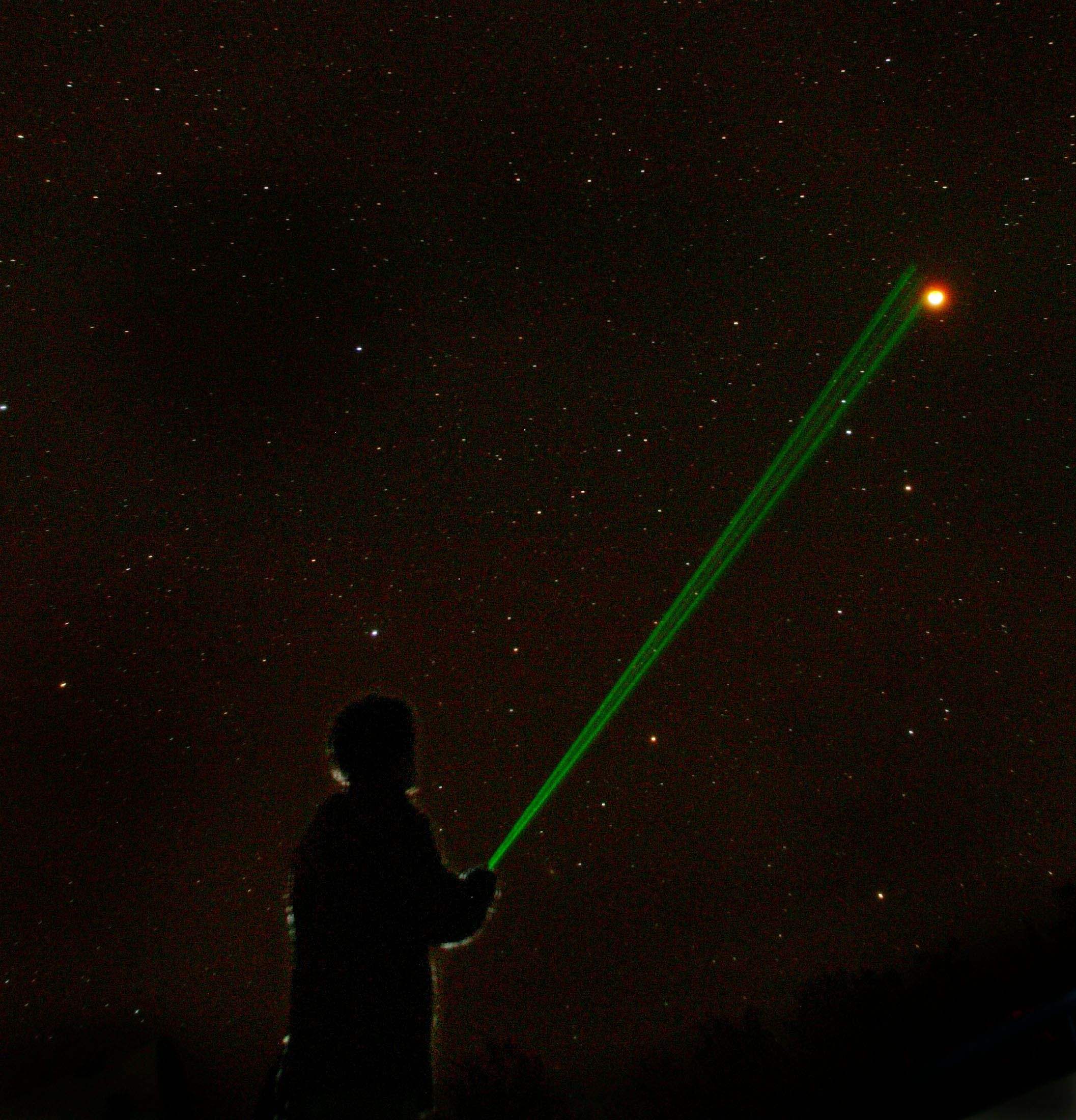
Scientists propose there are three "magic wavelengths" of visible light that extraterrestrial civilizations could use to contact Earth: deep purple, deep red and yellow.
When the Search for ExtraTerrestrial Life (SETI) began in 1960, it focused on eking out radio frequencies that alien civilizations could be sending as beacons of their existence. More recently, scientists have taken a new approach in the search for extraterrestrial life: scanning the sky for laser light.
This process, known as OSETI (the Optical Search for Extraterrestrial Life) looks for light within the visible spectrum, whereas Radio SETI looks on the part of the electromagnetic spectrum that contains radio waves and microwaves, which are invisible to the human eye.
In a paper in New Astronomy, Shinya Narusawa and his colleagues at the University of Hyogo lay out three likely visible wavelengths through which alien civilizations might contact Earth. While they acknowledge that "higher evolved civilizations" might have greater technological capabilities, for "the strength of argument," Narusawa and his team focused on the hypothetical situation of a planet as advanced as Earth trying to make contact.

Looking at the kind of laser technology we have access to, the team makes the case that alien civilizations would try to signal their existence through a deep-purple, yellow or deep-red light. The researchers arrived at the wavelengths that correspond to these colors partly through a process of elimination, zeroing in on "solid-state lasers" as the most likely candidates. Of the wavelengths of light these lasers would use, the researchers propose that our outer space counterparts would try to signal us at wavelengths frequently observed in the sky.
It is in some ways easier to send frequencies by radio, for which "magical frequencies"—the one aliens would mostly likely use—have already been proposed. But there are some clear advantages to laser light over signals from the microwave and radio end of the electromagnetic spectrum. Light can convey vast amounts of information and experiences less interference than radio waves as it travels through space. More importantly, sudden spikes of visible spectrum light are pretty rare (not the case with microwave). That means all it would take is one short pulse from a far-off planet to give reason to believe we might have something.
So, somewhere out there, if a planet like our own is trying to reach us with a beam of light, we have a better idea of what colors to look for.
Uncommon Knowledge
Newsweek is committed to challenging conventional wisdom and finding connections in the search for common ground.
Newsweek is committed to challenging conventional wisdom and finding connections in the search for common ground.
About the writer
Joseph Frankel is a science and health writer at Newsweek. He has previously worked for The Atlantic and WNYC.
To read how Newsweek uses AI as a newsroom tool, Click here.








